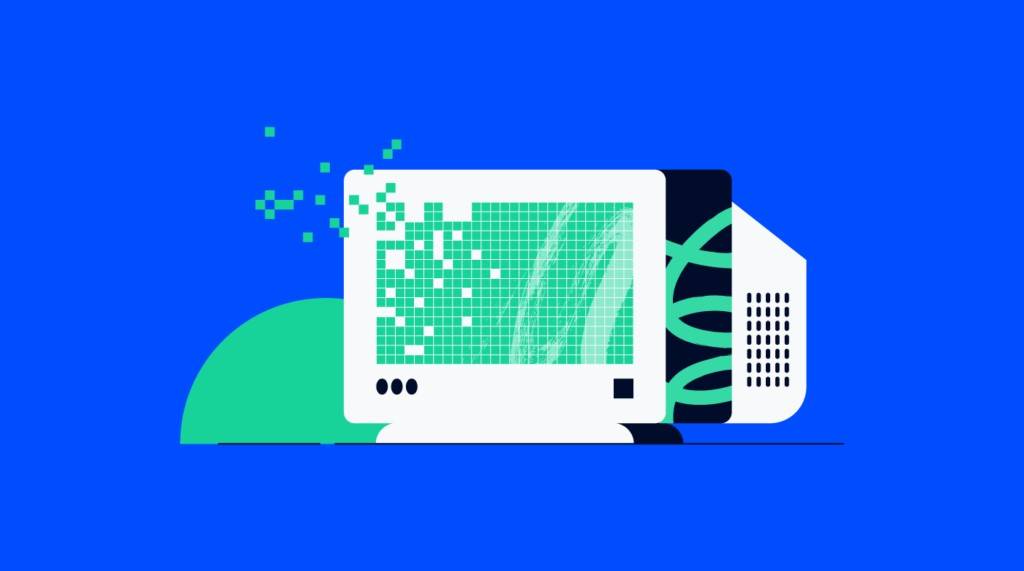In an era where internet access is considered essential, Lifeline Assistance programs play a crucial role in providing free landlines or smartphones to families in need. However, not everyone is eligible for free government iPhone programs, and understanding the eligibility criteria, particularly based on the Federal Poverty Guidelines, is essential.
Lifeline Assistance: A Vital Program with Eligibility Requirements
While access to the internet and communication is considered a fundamental right, the government recognizes the limitations of offering universal access. The federal budget constraints make it necessary to establish eligibility requirements to ensure that assistance is directed to those who genuinely need it without compromising the sustainability of the program.
Eligibility Requirements for Lifeline Assistance
The Lifeline Assistance program primarily targets families living near the poverty line. To determine eligibility, the program relies on the Federal Poverty Guidelines, which provide a standardized method for assessing financial need. The guidelines offer a clear framework for administrators to identify beneficiaries.
Federal Poverty Guidelines: Understanding Household Income
The Federal Poverty Guidelines serve as a benchmark for assessing the financial situation of individuals or families. They do not rigidly define income, family, or household but provide flexibility for program administrators to choose specific criteria. The primary focus is on identifying households that fall within the defined income limits.
Calculation of Household Income
To determine eligibility for Lifeline, individuals must calculate their household income. A household includes individuals living in the same property, whether family members or unrelated individuals sharing living expenses. Household income encompasses various sources, including wages, interest, dividends, support amounts, rental fees, stipends, and more.
Qualifying for Lifeline: 135% of the Federal Poverty Level
To qualify for Lifeline, applicants must demonstrate that their total annual household income is equal to or less than 135% of the federal poverty level. It’s crucial to understand that the federal poverty level amounts may differ in Alaska and Hawaii. The eligibility criteria are periodically updated, and it’s essential to refer to the latest Federal Poverty Guidelines.
Example Table with Federal Poverty Guidelines for 2022
To assist individuals in the calculation process, a table illustrating the Federal Poverty Guidelines for 2022 is provided. This table helps applicants assess their family’s income relative to the eligibility threshold. It’s important to note that these figures are subject to change annually.
Conclusion: Navigating Lifeline Assistance with Patience and Awareness
While the Lifeline program serves as a lifeline for many low-income families, eligibility hinges on meeting specific income criteria. If a family currently exceeds the allowed income limit, patience is key. Federal Poverty Guidelines are updated annually, and a family’s eligibility status may change over time.
In today’s digital age, where internet access is paramount, Lifeline Assistance programs offer invaluable support to families in need. However, eligibility for these programs is contingent on meeting specific criteria, with a primary focus on income levels determined by the Federal Poverty Guidelines. These guidelines provide a standardized method for assessing financial need and play a pivotal role in ensuring the program’s sustainability. By defining eligibility based on 135% of the federal poverty level, Lifeline aims to target families living near or below the poverty line, providing a lifeline to essential communication services.
Understanding the concept of household income is central to Lifeline eligibility. A household, encompassing both family and unrelated individuals sharing living expenses, must demonstrate that its total annual income falls within the specified threshold. The Federal Poverty Guidelines serve as a crucial tool in this calculation, offering flexibility for program administrators to identify beneficiaries effectively.
As these guidelines are subject to annual updates, families are encouraged to stay informed about any changes that may impact their eligibility status. Patience becomes a key virtue, as a family’s financial circumstances may evolve, potentially qualifying them for Lifeline Assistance in the future. In essence, Lifeline serves as a vital bridge, connecting low-income families with the essential communication services they need to thrive in the modern world.
Conclusion:
Lifeline Assistance programs contribute significantly to bridging the digital divide. By understanding the eligibility requirements and staying informed about updates to the Federal Poverty Guidelines, individuals and families can navigate the Lifeline program effectively, ensuring that those in genuine need receive the support they require.
Author Bio:
Embark on a journey through the intricacies of Lifeline Assistance with Christopher Thompson’s guide on “Navigating Lifeline Assistance: Eligibility Criteria and Federal Poverty Guidelines.” In this comprehensive piece, Christopher sheds light on the essential aspects of free government iPhone program, providing a detailed exploration of the eligibility criteria and the significance of adhering to Federal Poverty Guidelines.
















Leave a Reply